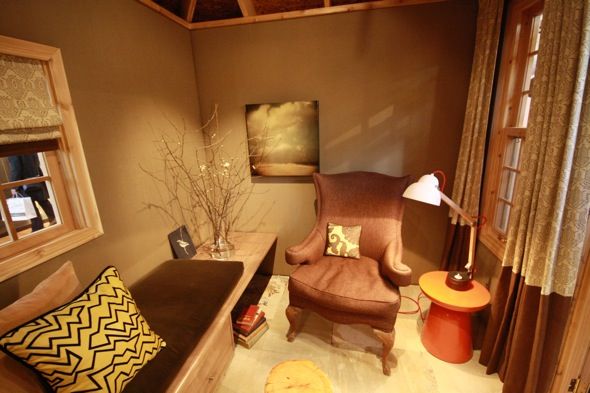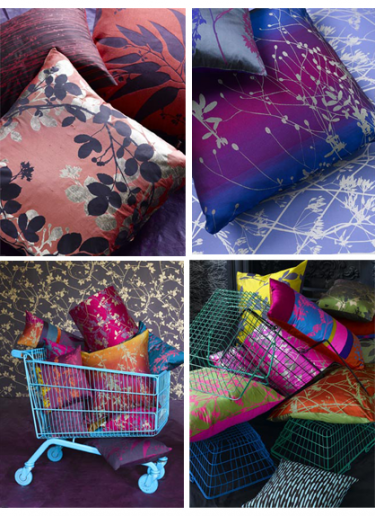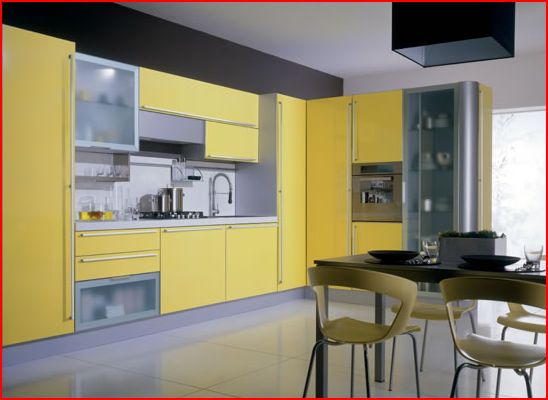Is your living space smaller than you would like? However small or large your home is, finding enough space is always a challenge.
The fact is that many people think they don’t have enough room in their homes, no matter how small or large the structures might be. Often, the issue with making the most of your living space isn’t really how much space you have. What tends to be more important is what you do with your square footage. Follow these simple tips to make the most of your small space:
Now-a-days space in every home is a constraint, whether one has a studio apartment, a single bedroom, or even a three-bedroom home. Creating a better managed home involves posing a set of pertinent questions, basically aimed at identifying what is essential, secondary and then purely extraneous. Weeding out of the last named category will be the first step toward a clutterfree living space. Making an inventory of necessary items along with their size, utility and the number of times in a month that they are used is invaluable. Once this has been written down in black and white, stick by it!
- Moving now to the storage options. All items can either be hidden away, or stored in full view. Hiding away is, of course, the most favoured option and great innovations can be achieved with a little bit of common sense being applied.
- Your travelling gear, if not frequently used, can be filled with out -of-season clothing, as the suitcases will take up that space in any case. Fragile items like Diwali decorations can also be put away, as they are only needed once a year.
- Cane baskets are relatively inexpensive options for taking care of laundry and linen needs, especially if bought in a stackable type. Chests are another popular way of storing linen; these have the added advantage of combining storage with seating, dressed up with a couple of cushions or even a foam-padded seat. Tin trunks, much beloved of the older generation, can similarly be used instead of being reviled. A nice paint job will totally turn their look around.
-

A small space well utilised Side or end tables can be boxes in reality, which can take the out-of-use curios, books etc. Disguised well with a glass top, the functional aspect will remain hidden.
- If there is no space to expand, look down or up! Big plastic bins can be placed on top of cupboards with the odds and ends one just cannot throw away. There are a variety of plastic boxes and containers available in the market; choose the size that suits you best. These can even be slid under the bed, where they remain out of sight but are still easily accessible.
- Making slip covers for open shelving is one less explored option. Any pleasing fabric can act as a barrier between ugly open shelving and the visitor’s eye.
- Screening a high clutter area with potted plants is a favoured way to go.
- As for the kitchen, using hooks and hanging up the normal day-to-day utensils like frying pans and mugs is also accepted. Done with even a slight eye for colour or detail like sizing from big to small will result in an agreeable pattern. Onions, garlic, and chillies can all be strung up and not purely for decorative reasons. Fruits like bananas can be given the same treatment.
- Even provisions can be stored in glass jars, to make a colorful statement.
- Books, CDs, cassettes, can all be displayed with a certain style in an open shelving, along with some small curios and plants.
- Looking on the bright side of trying to manage in a smaller space is that the constant urge towards consumerism is curbed and other avenues of seeking happiness open up.
- Toys that children have outgrown but are still attached to can be put up on high shelves or even pelmets.



